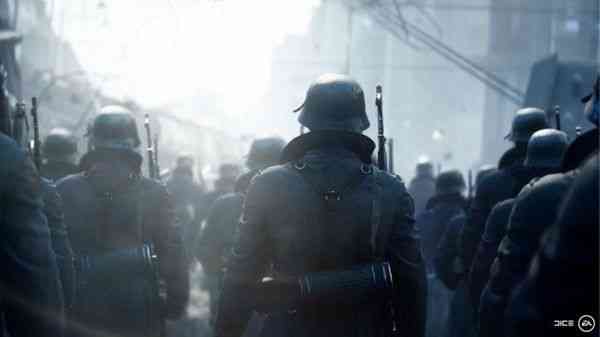At first, we must remember that World War II was the biggest military clash between the countries of the world in history hundreds of thousands of battles have taken place. These battles have killed more than 60 million people, including civilians and soldiers.
There were many wars during the Second World War and millions of people died. However, a few of them were so deadly they killed hundreds of thousands of people. These specific battles were the most vicious and bloodiest.
Today we will examine the top ten wars with the greatest number of deaths and devastations.
10. Monte Casino 1944
Warring parties:
(Nazi Germany and Fascist Italy) vs. (United States, Britain, France and New Zealand)
The battle took place between the Allies and the German forces, as the Allies headed towards Italy in January, to penetrate the German Gustav Line in southern Italy, which is a series of military fortifications. The Allied forces destroyed it after four small battles and Rome was captured [1]
The result is, 185,000 killed
9. Battle of the bulge or the gap 1944
Warring parties (Nazi Germany) vs. (the United States, Britain, Canada, Belgium, Luxembourg and France.)
It is one of the battles of the Western Front, and it has been called the bulge by the British because of the bulging map in this region. The Germans' attack on this area was massive. The attack aimed to divide the Allied forces Germany failed with this attack because of the allies ’resistance. However, most of the victims were from the United States.
The number of victims is 186,369 killed[2]
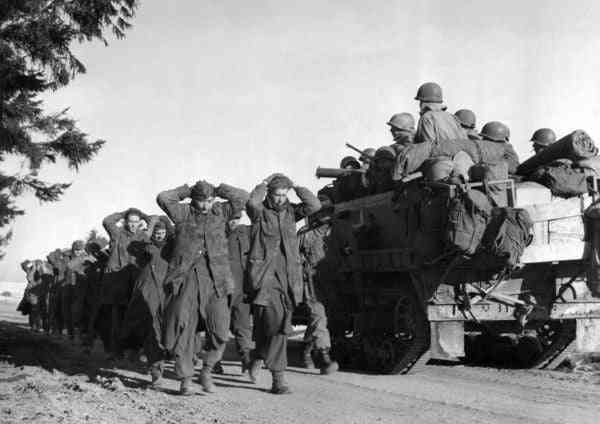
8. The Battle of Kursk 1943
Warring parties
(Nazi Germany) vs. (Soviet Union)
The battle started on the fourth of July. It is the largest tank battle in the world. The German and Soviet air clashes began, which the two sides failed to achieve Until the German ground assault began with tanks, which was surprised by the intensity of the mines laid by the Soviets and anti-tank artillery. As a result, the Germans retreated, failed in the battle, and suffered great losses.
Death toll was 388,000
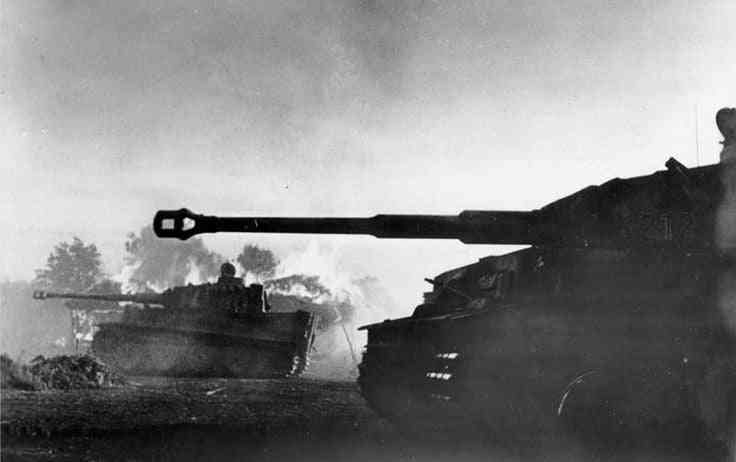
7. The second battle of Kharkov 1942
Warring parties (Nazi Germany, Romania, Italy Fascism.) vs. (Soviet Union)
Kharkov is an important strategic city in Ukraine, captured by the Germans in 1941 after a violent killing. In 1942, the Soviet forces launched an attack to liberate the city. Still, they were surprised by the force of the German Sixth Army, which stopped the Soviet attack. The Soviets failed to achieve any victory in this battle until 1943 when they won a victory in the third Kharkov battle
The number of victims is 300,000
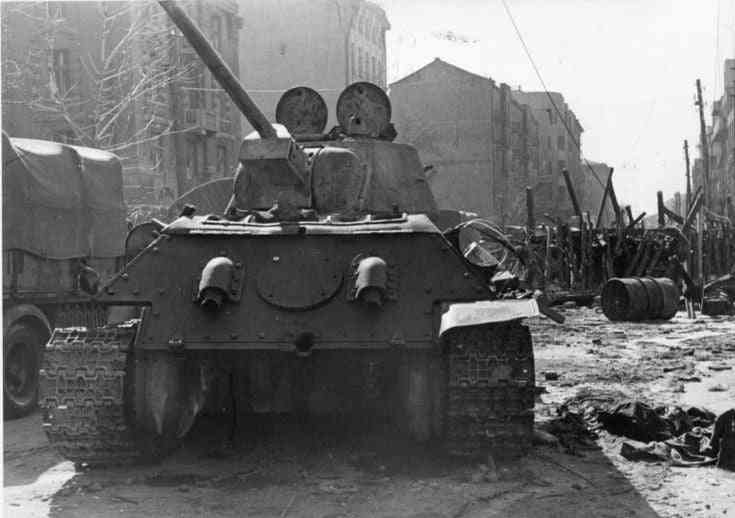
6. The Battle of Luzon 1945
Warring parties (Empire of Japan and the Philippines) vs. (United States Association of the Philippines, Australia and Mexico)
It is a battle of the Pacific battles, and Luzon is the largest island in the Philippines that was under the control of Japan and the Allied attack on the island began in the same year. The attack was by land and sea.
The number of victims is 343,530
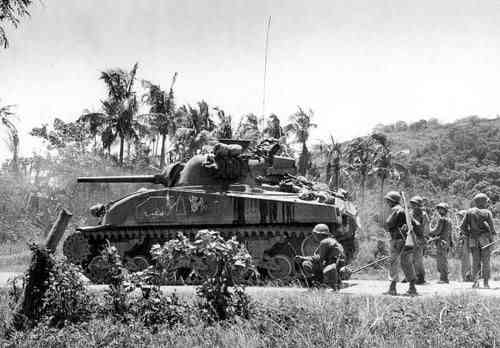
5. The Battle of France 1940
Warring parties (Nazi Germany, Fascist Italy) vs. (France, Britain, Netherlands, Belgium, Luxembourg)
The Germans launched a massive attack against the Allies on the Netherlands, Belgium, Luxembourg, and France The Germans managed to occupy all of them and the reason for its success was a small attack by the Germans north on the Netherlands and Belgium, which made the Allies move north. Hence, the Germans moved south and occupied France. The battle of the fall of France is the biggest defeat of the Allies.
The number of victims is 469,000
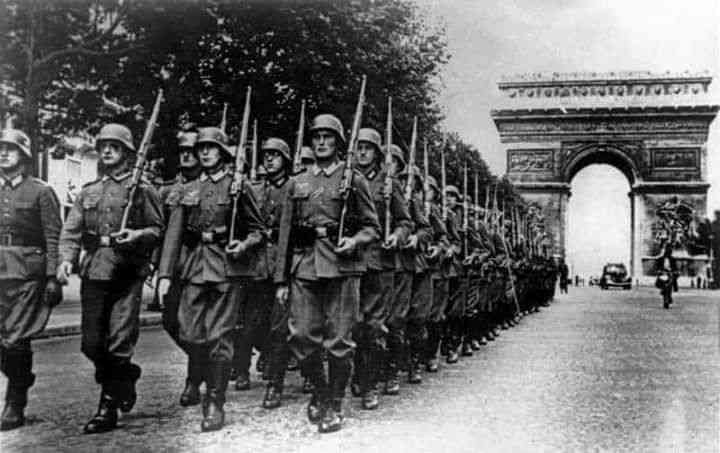
4. The Battle of Narva 1944
Warring parties (Soviet Union) vs. (Nazi Germany, Estonian recruits)
Battle of Narva or the Battle of Narva Bridge, a Soviet military campaign The battle took place in the Baltic region of Estonia, and Estonian recruits participated alongside the Germans on the second of February. The Soviets began to attack with airstrikes and heavy artillery strikes, which caused the Germans to withdraw from the area after heavy casualties On the tenth of August, the Soviets took control of the entire region and made it a strategic base for them during the war.
The number of victims is 550,000
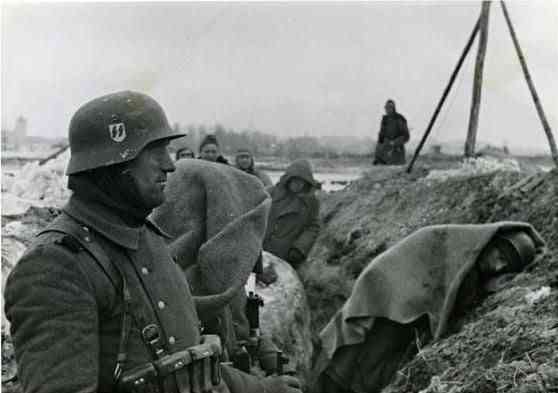
3. The Battle of Moscow 1941-1942
Warring parties (Nazi Germany) vs. (Soviet Union)
It is one of the fateful battles that changed the course of the war. The conflict began in October 1941. The Germans entered Russia and 30 km from Moscow. The Russian counterattack began with fierce and strategic resistance. Hitler wanted to crush the Red Army and capture Moscow. The cold winter gave the Soviets a blow to the Germans, as the cold killed a large number of Germans. In the end, German forces retreated in this battle in April 1942, which was their first major defeat in the war.[3]
The number of victims is 1 million
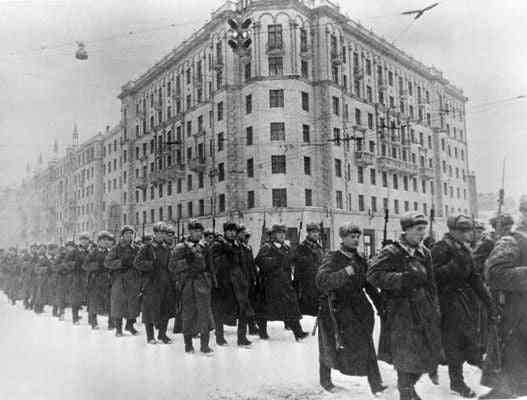
2. The Battle of Berlin 1945
Warring parties
(Nazi Germany) vs. (Soviet Union)
The Soviets called it the strategic attack on Berlin, where the Soviets attacked the southern and northern fronts. The battle occurred in late April when violent battles occurred before reaching Berlin. The Soviets began to Berlin, where Hitler ordered the strengthening of internal defenses and German defenses continued to resist the Soviets until the ammunition ran out. Hitler ordered them to flee the city immediately. On the afternoon of April 30, Hitler committed suicide, and on May 1, Berlin fell to the Soviets after the Germans surrendered.
The number of victims is 1,298,745
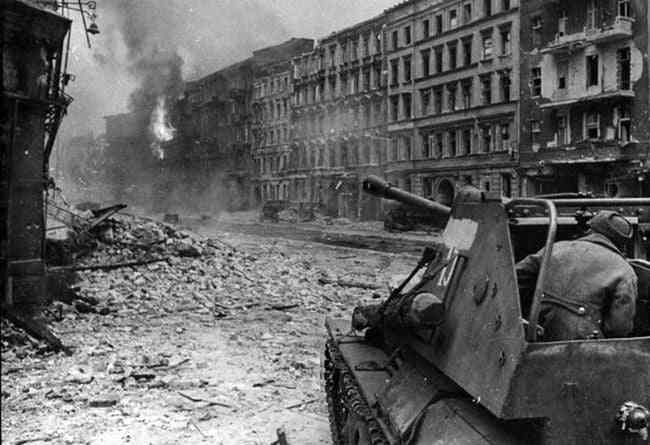
1.The bloodiest battle in history
The Battle of Stalingrad 1942-1943
Warring parties
(Nazi Germany, Romania, Italy, Hungary and Croatia. ) vs. (Soviet Union)
The fiercest battles in the World War. The violent German airstrikes on the Russian city of Stalingrad began in the summer of 1941. The Soviets launched two simultaneous attacks on the positions of Romanian forces protecting German forces. Soviets cordoned off the Germans and imposed a winter blockade that weakened German resistance due to the cold and lack of ammunition. The Germans tried to break the siege by air, but they could not, which made the German Sixth Army surrender.(4)
The number of victims is 1,798,619
References
(1)Manchester, William; Paul Reid (2012). The Last Lion, Winston Spencer Churchill: Defender of the Realm 1940–1965 (1st ed.). Boston: Little, Brown. p. 801.
(2)Bidwell (1976) "Hitler's Generals and Their Battles", Salamander Books- London, Chatwell Books-New York,
(3)Shirer, William L. "24, Swedish (Book III)". The Rise and Fall of the Third Reich
(4)Alan F. Wilt. Hitler's Late Summer Pause in 1941. Military Affairs, Vol. 45, No. 4 (December 1981), pp. 187–91

